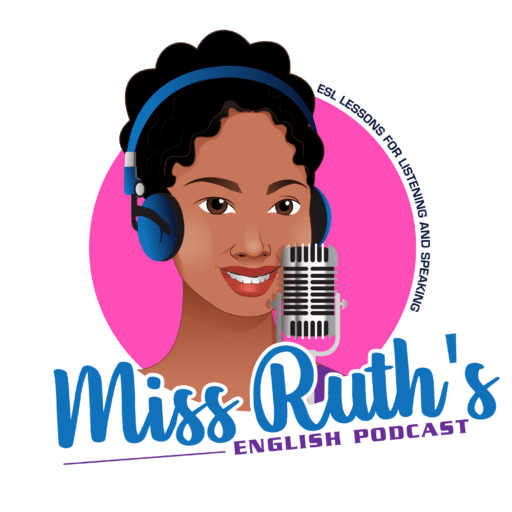North American English Alphabet & Spelling
In English, the letters or symbols we use to show the language do not always match the sound of those letters. For example, cake and city both start with “c”, but the first is a /k/ sound and the second is a /s/.
Also, many learners of English might think that English only has 5 vowels: a, e, i, o, and u. However, these are letters, not vowel sounds. Each of those letters for vowels represents more than one vowel sound. Therefore, the phonemic alphabet can help you understand all the possible sounds in the language.
In the beginner podcast lessons we will focus on 24 consonants and 16 vowels in North American English.
Consonants are sounds that are made with an interruption by our lips, tongue, or teeth.
However, vowels are sounds made by allowing the stream of air to pass without interruption and vibrating our vocal cords.
The vowel phonemes above the examples on the left are the ones I use in the podcast lessons. The vowel phonemes on the right are from the International Phonetic Alphabet.
Listen to me say the example words.

You can also find this chart on the Resources page as well as videos, pictures and explanations of how to make these sounds.
Spelling
In order to spell correctly and understand fluent speakers when they spell, you need to know how to pronounce the 26 letters in the English alphabet.
We say 24 of the letters with one of the following vowel sounds:
- /ey/ as in rain
- /ay/ as in like
- /iy/ as in sheep
- /ɛ/ as in bed
- /yuw/ as in you
Practice
Do the following activities and then read the answers below.
Answers
| VOWEL SOUND | LETTERS |
| /iy/as in sheep | b, c, d, e, g, p, t, v, z |
| /ɛ/as in bed | f, l, m, n, s, x |
| /ey/as in rain | a, h, j, k |
| /yuw/ as in you | q, u, w |
| /ay/as in like | i, y |
More Practice
Spell the following names.
Make sure your microphone is on, push the button to speak, wait 5 seconds, and don’t speak too fast (This interactive activity only works in Chrome).
